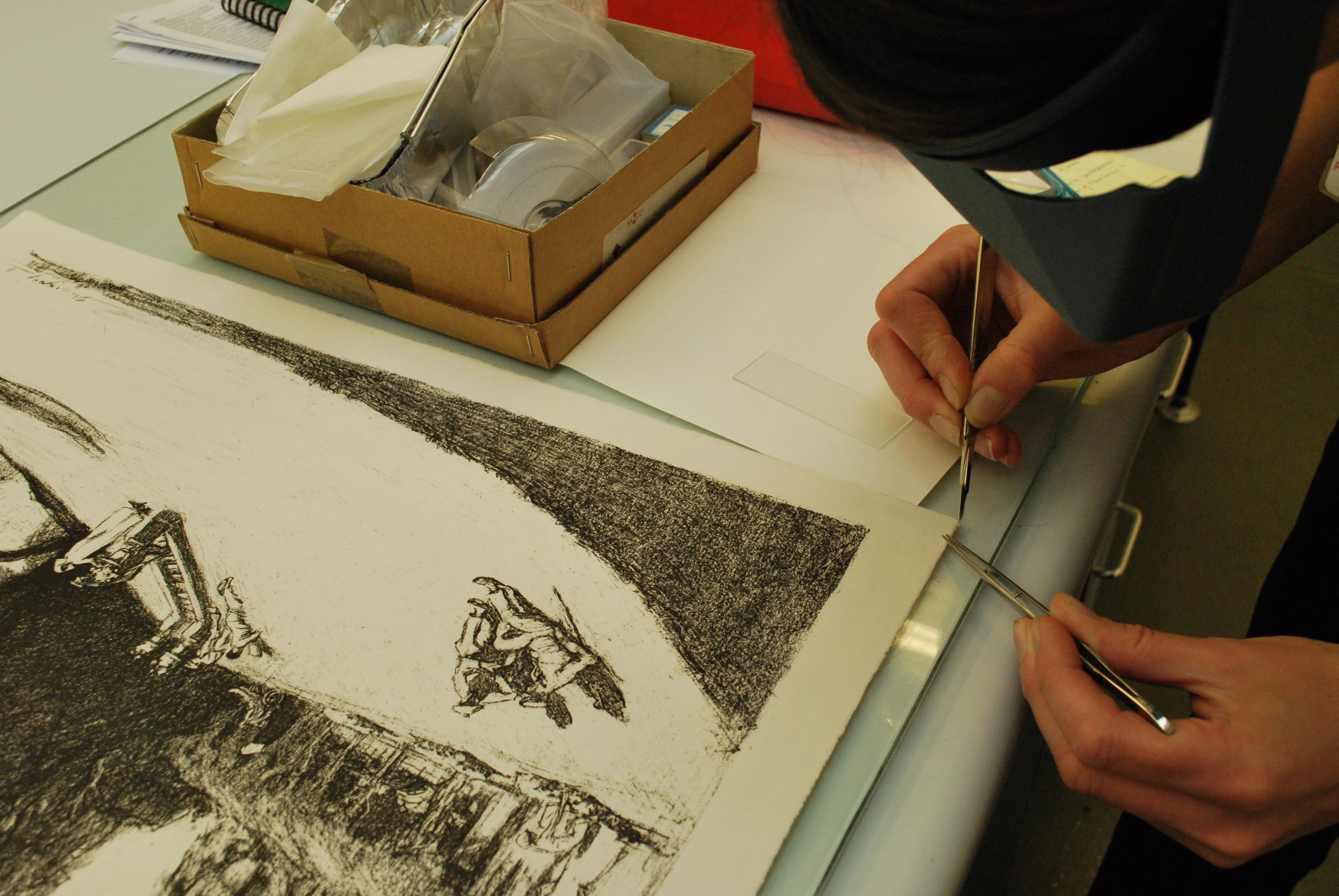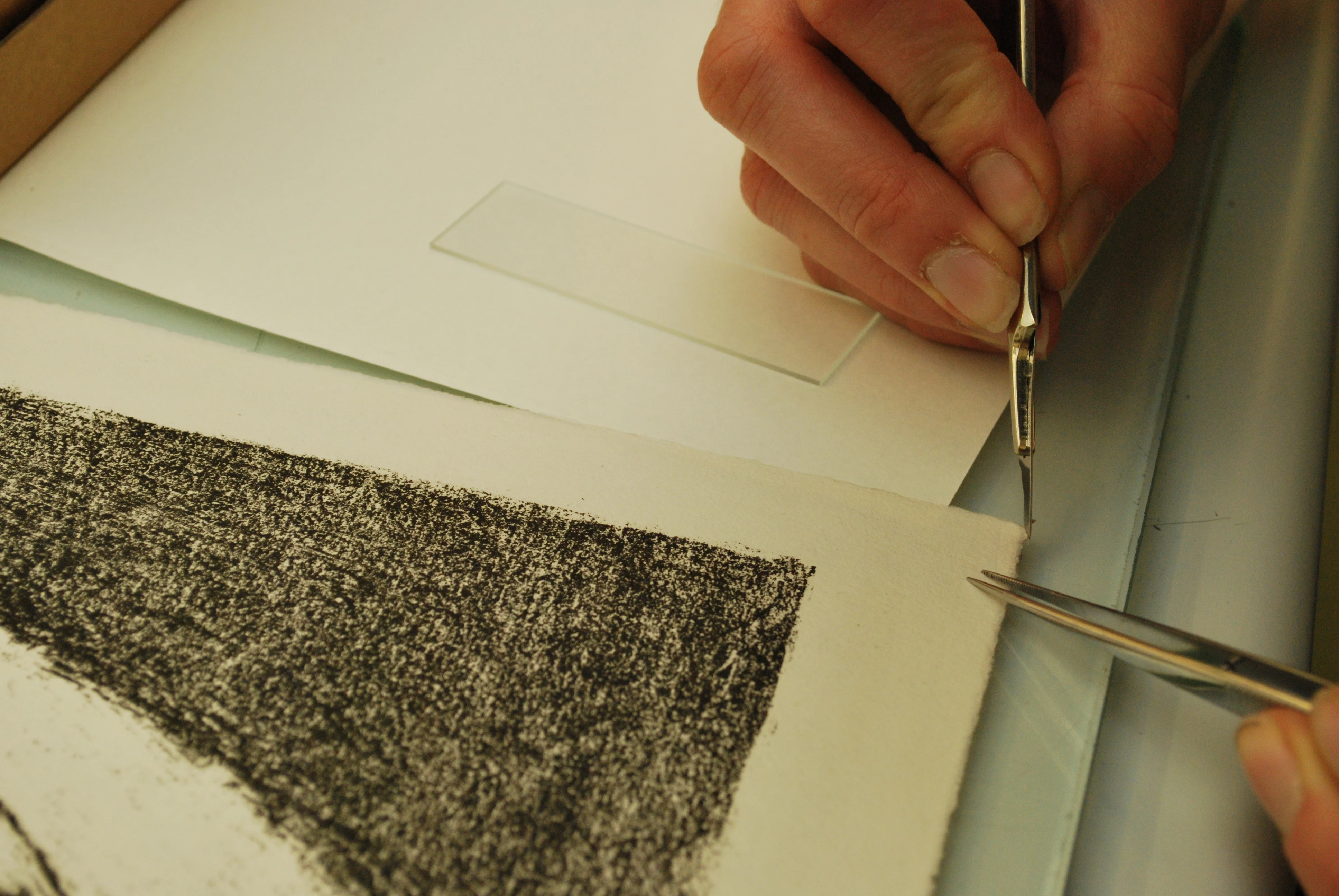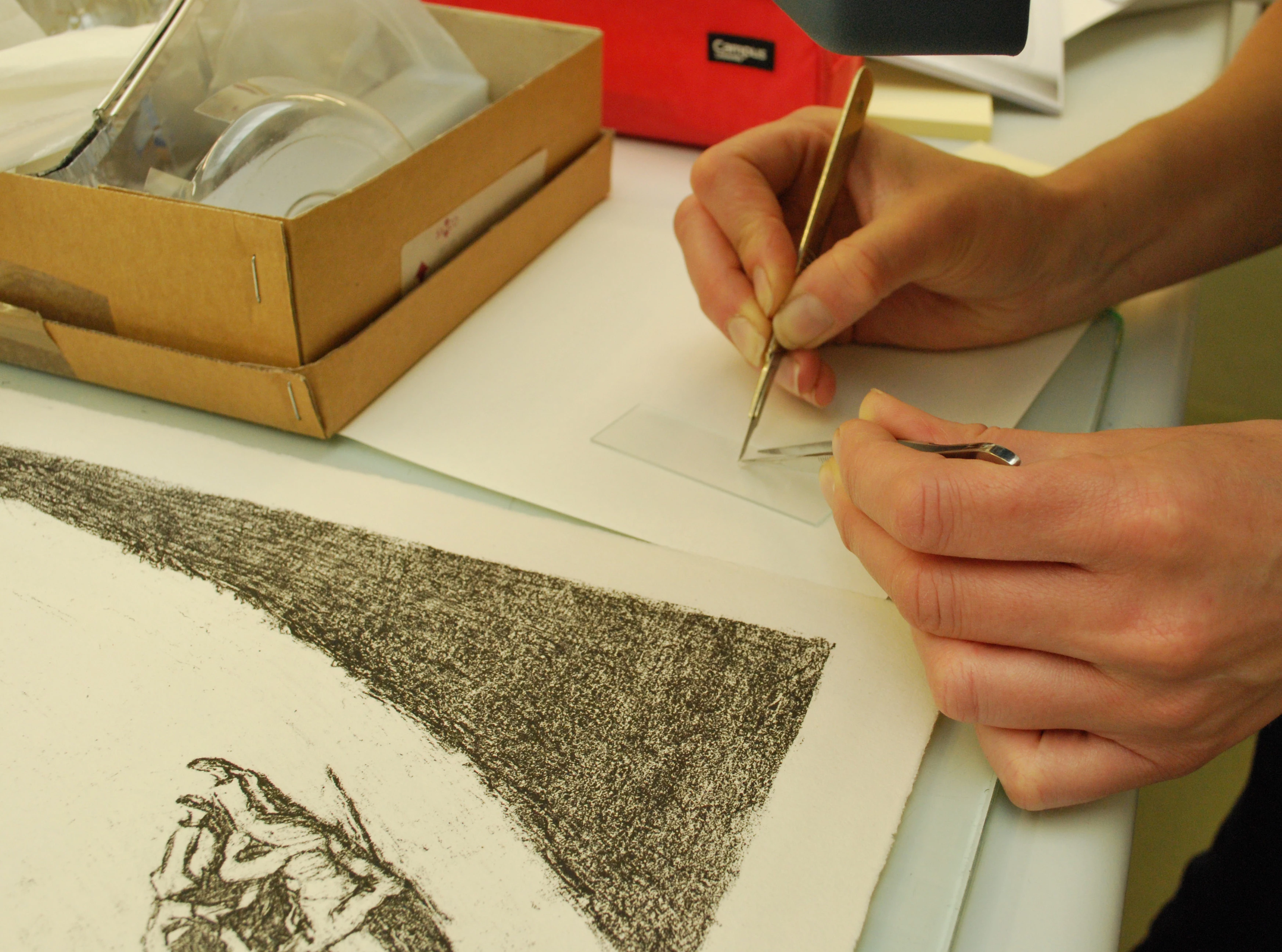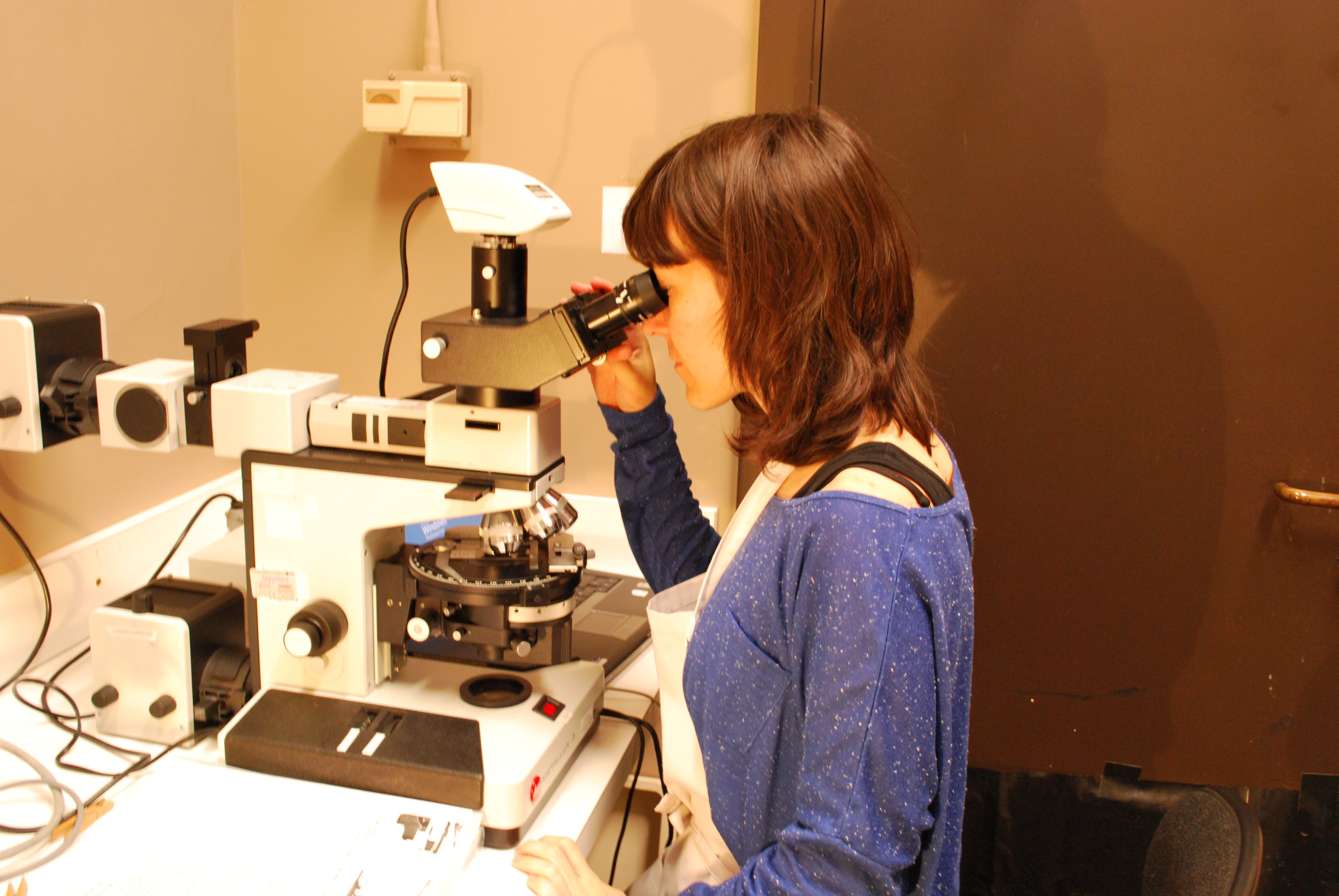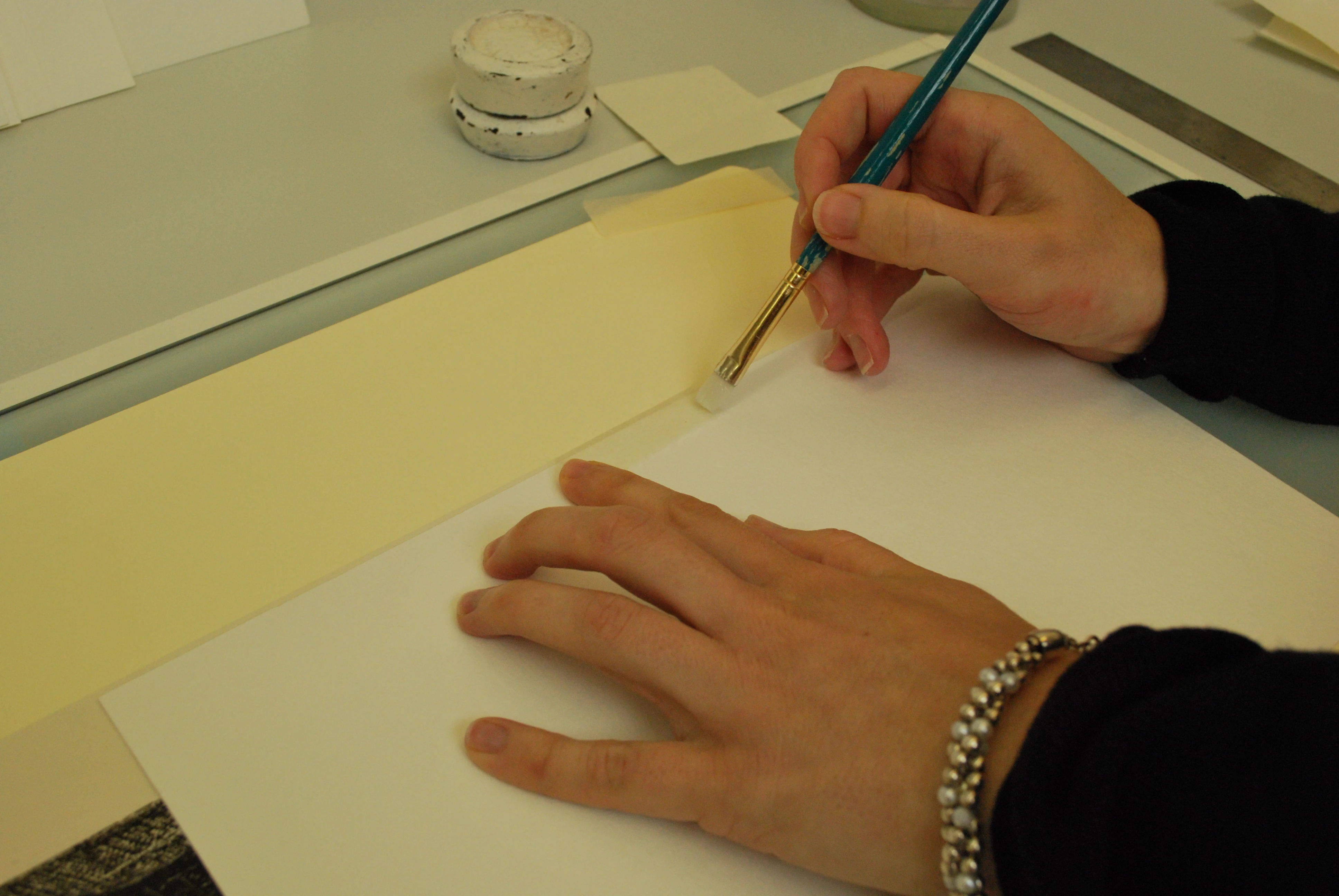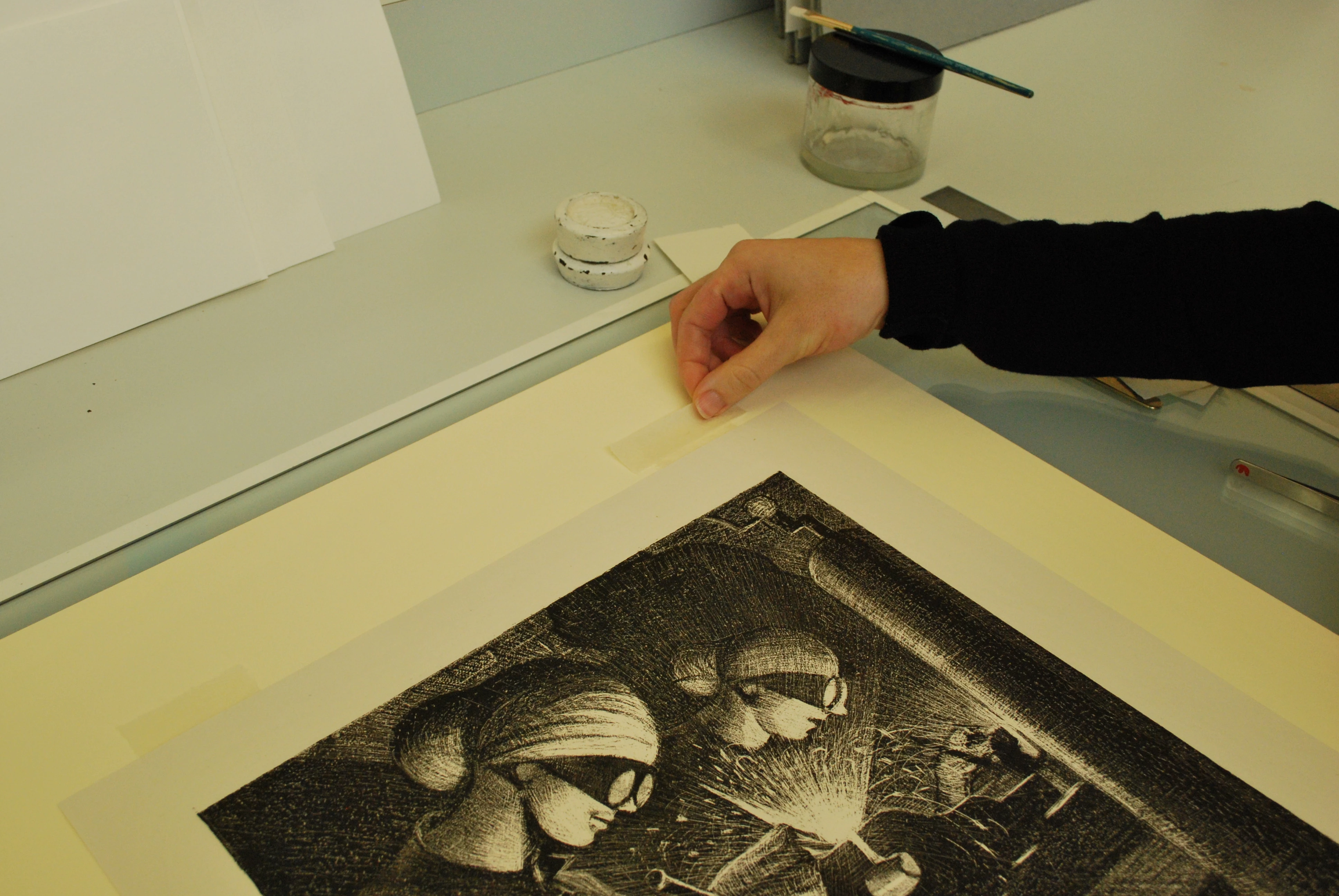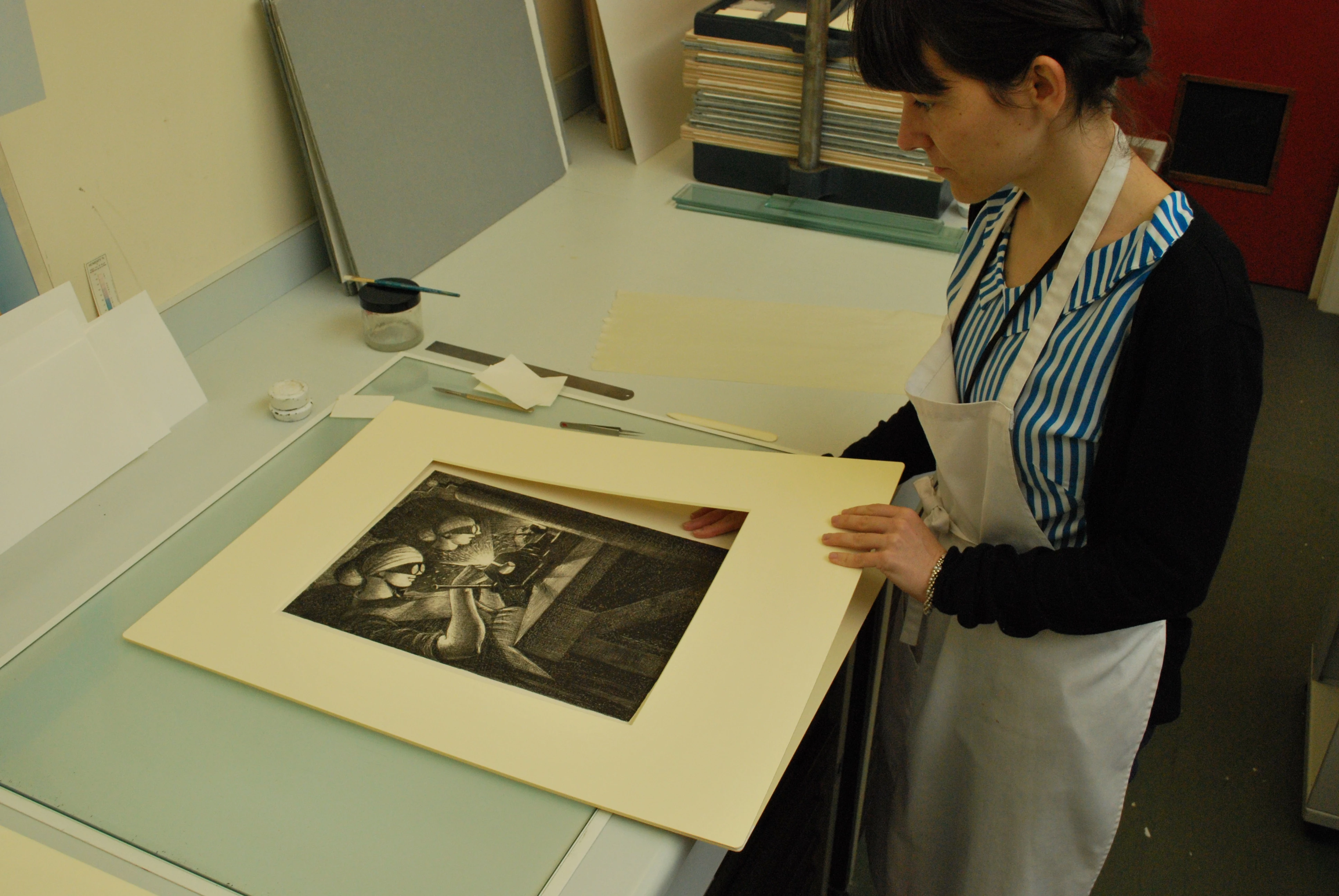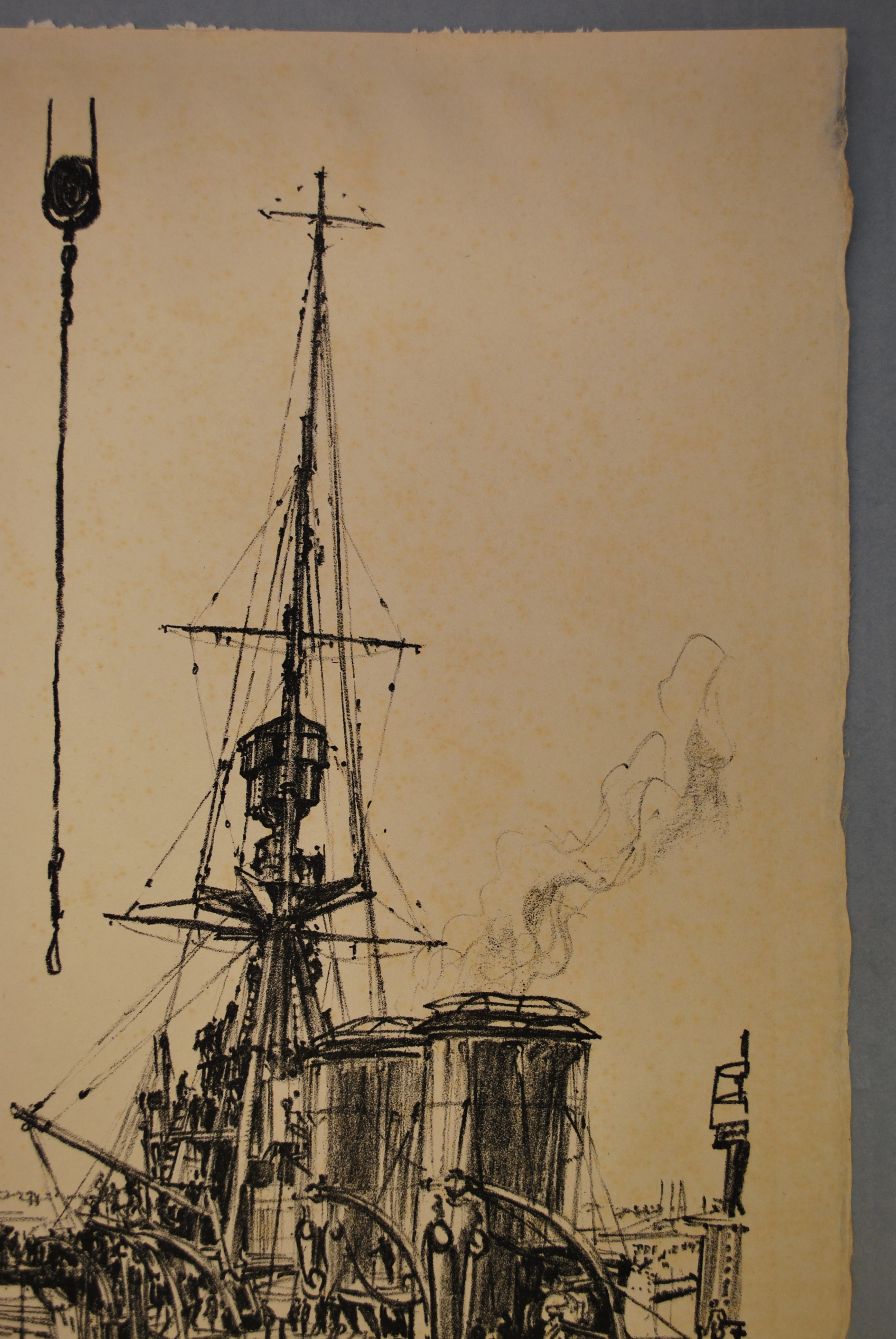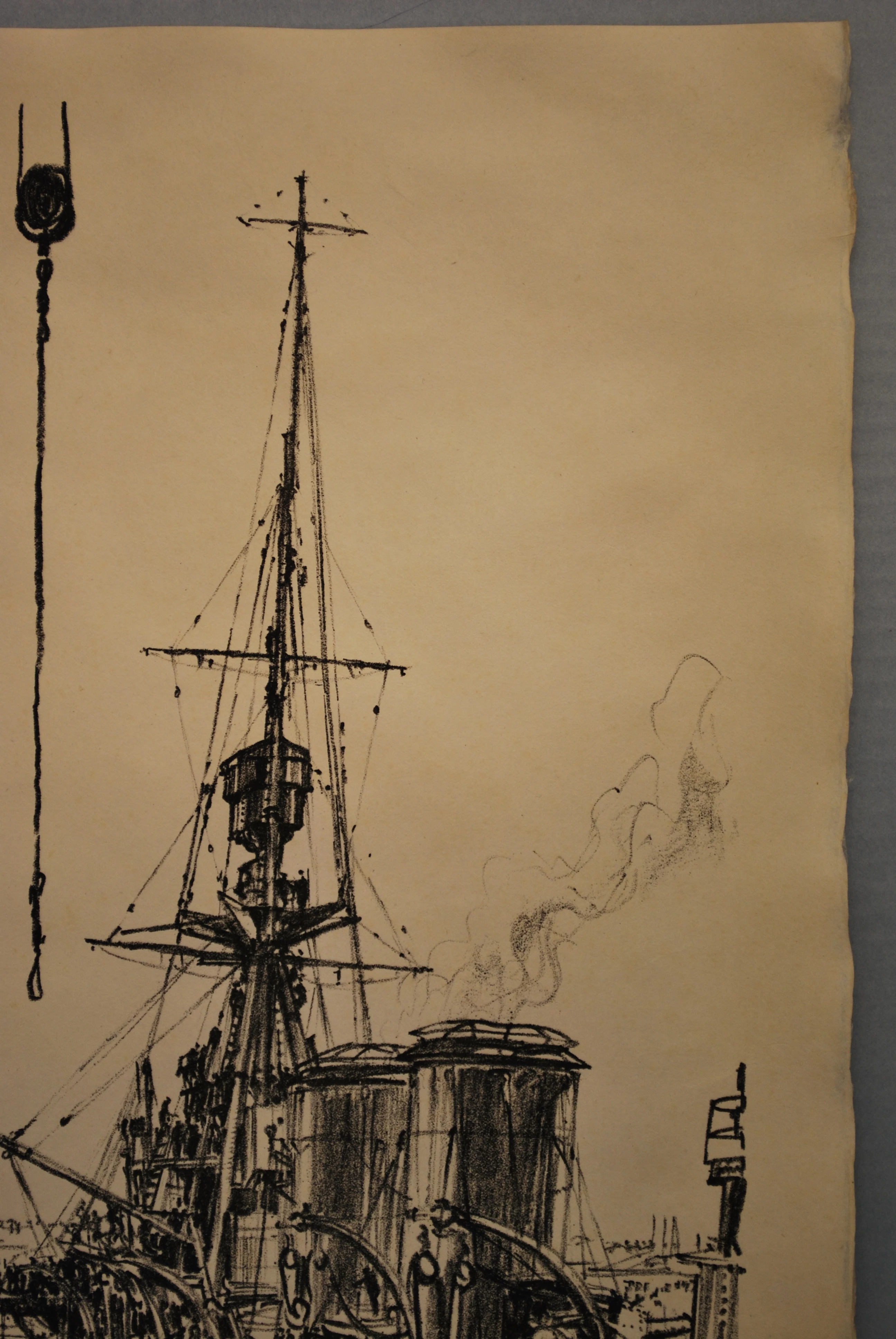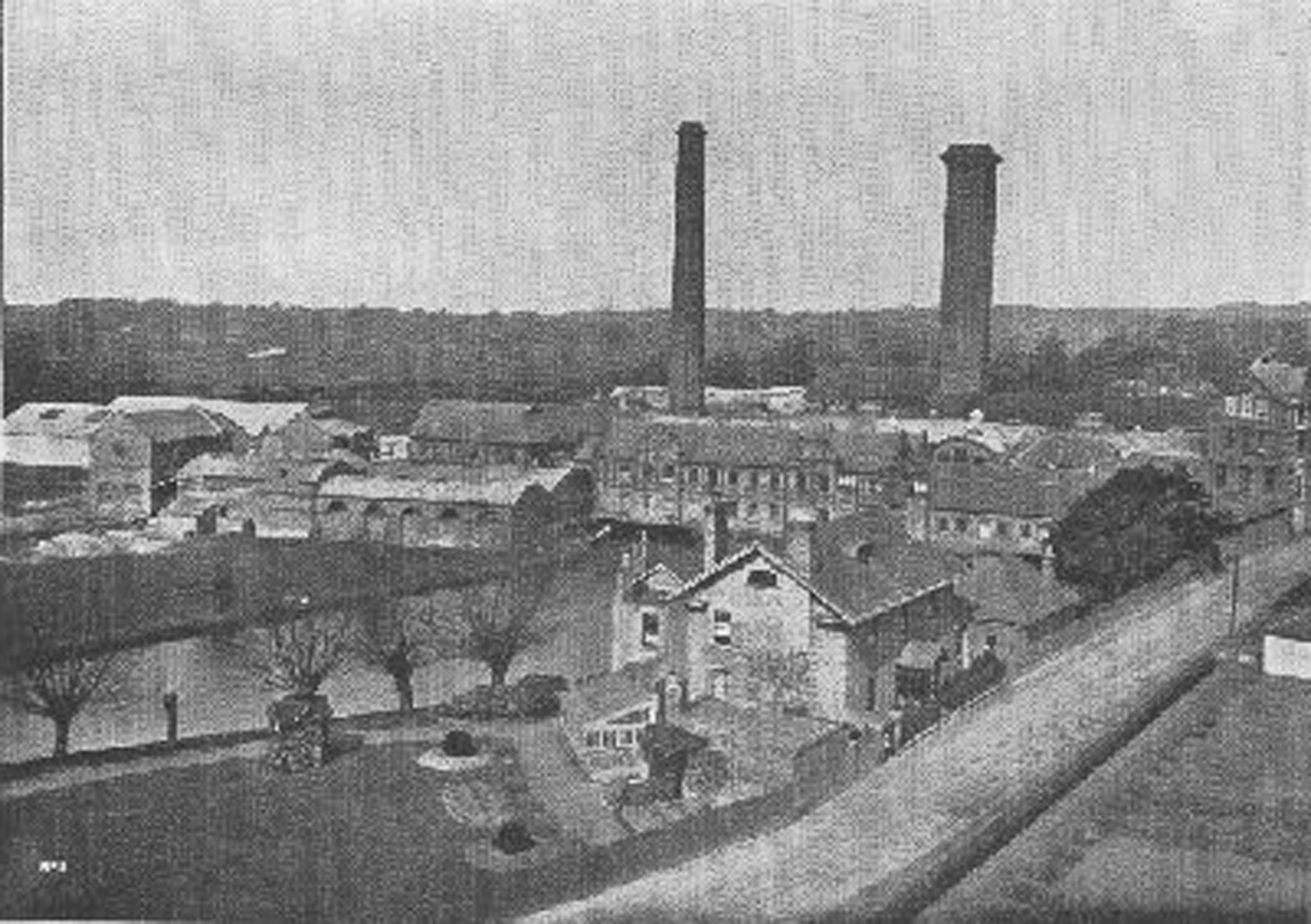9 DAYS TO GO! A VIDEO OF FRAMING UP A LITHOGRAPH PRINT
, 24 July 2014
Welcome again!
We are in the final stretch of concluding this interesting and amazing project. We have been working hard during the last few weeks mounting and framing the 66 lithograph prints to have them ready for the exhibition The Great War: Britain’s Efforts and Ideals on the 2nd August at National Museum Cardiff.
In the following video you will enjoy the framing process carried out by our colleague Richard. As you can see it is a delicate procedure and the framer needs to be really clean and gentile with the work of art.
We have had the 66 frames specially made and stained by a local frame maker. The scratch resistant Perspex* we have used had to be washed with soap and water to remove all traces of adhesive before being taped into the frame. Conservation framing is about making a sealed package to protect the work of art from the outside environment whilst making sure that the content of the package are all up to conservation standards.
Once the Perspex is fitted in the frame, we clean it very well with glass cleaner and anti-static cloth being sure that is completely clean and we don’t want to scratch the Perspex. Then we put the mount with the work which is already free of any fluff over the surface in the frame. After that, we put in the backboard and keep it all together using a framer’s gun. Lastly we seal the frame with gum brown paper tape.
Don’t forget to join us next Saturday 2nd August for the opening of the show!
*Perspex: acrylic material is useful because it is light and unlikely to break on impact. However, these materials do scratch more easily and because of static, should never be used to glaze pastels, charcoal, chalks, or friable material

